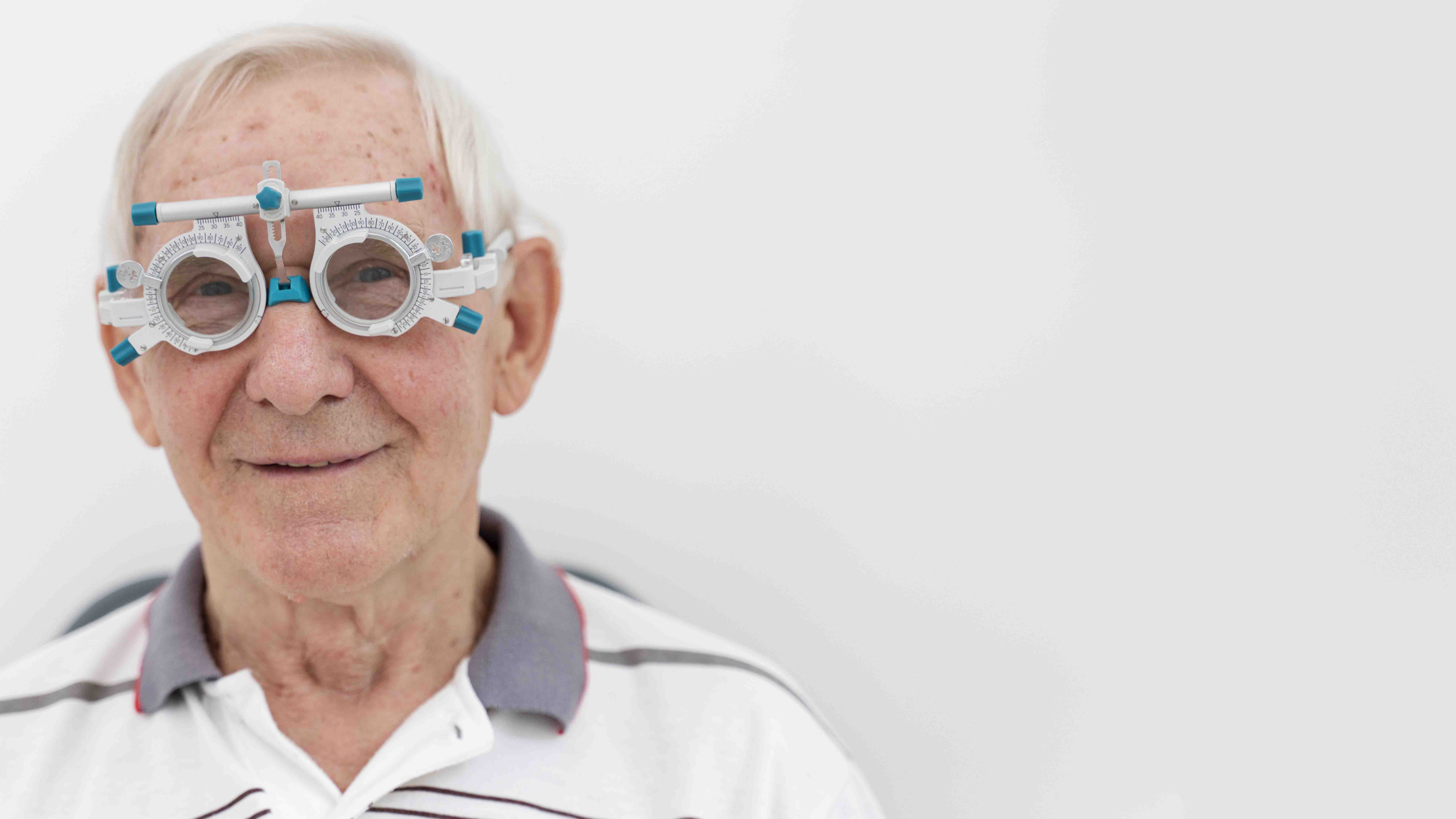As we age, natural changes occur in our eyes that can affect vision. These changes typically begin in our 40s and progress over time, making regular eye check-ups essential for maintaining eye health.
One of the most common age-related vision changes is presbyopia, the reduced ability to focus on close objects, such as reading small print. This happens due to the stiffening of the eye’s lens, which diminishes its flexibility.
Aging also increases the risk of dry eye syndrome, caused by reduced tear production, leading to discomfort and blurred vision. Additionally, the eye’s natural lens may become cloudy over time, a condition known as cataracts, which impairs clarity and can make colors appear dull.
Other common age-related issues include glaucoma—damage to the optic nerve due to increased eye pressure—and macular degeneration, which affects central vision, making tasks like reading and recognizing faces difficult. These conditions can lead to vision loss if left untreated.
Aging also affects peripheral vision and reduces the ability to see in low light. Pupil size decreases with age, making older eyes less responsive to changes in lighting, which can cause difficulty driving at night.
While these changes are a natural part of aging, maintaining a healthy lifestyle, protecting your eyes from UV light, and scheduling regular comprehensive eye exams can help preserve vision and detect issues early. Early intervention and appropriate treatment are key to maintaining good eye health as you age.
Tap here to know more......

